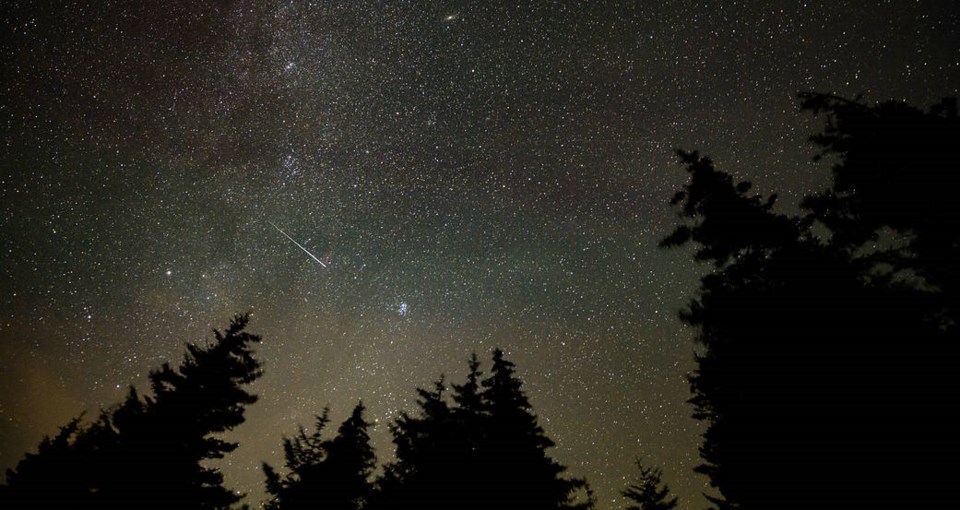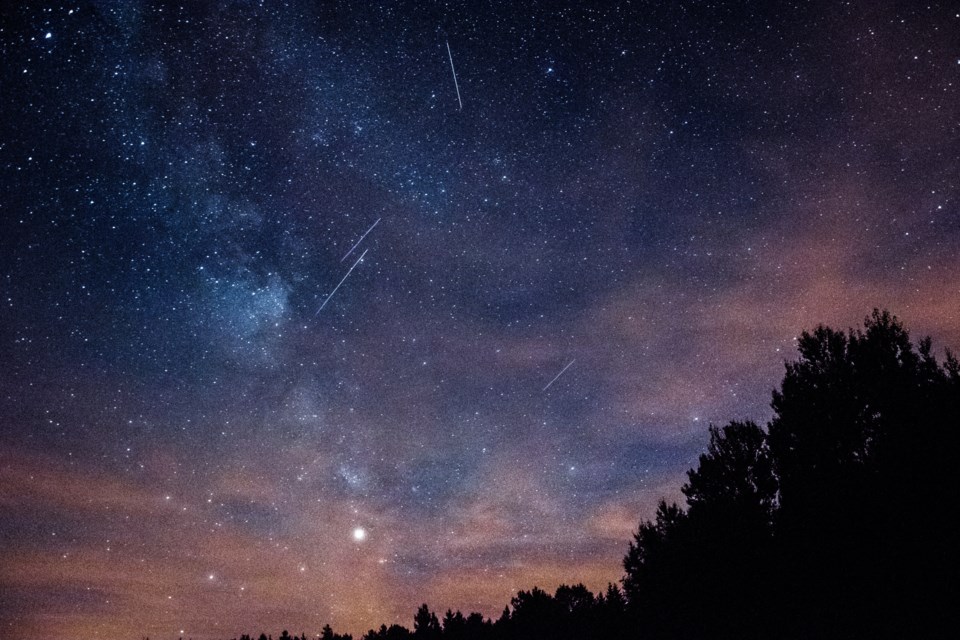Attention all stargazers! The celestial event you've been waiting for—the Perseid meteor shower, also known as the Perseids—is almost here and is expected to peak in the coming days.
Mark your calendars for the stunning display, which is set to peak overnight on August 11th and 12th, with the best time to look for Perseids being in the predawn hours, according to Space.
The Perseids are an an annual meteor shower visible between mid-July to late August. They are one of the most prolific meteor showers of the year, providing skywatchers with ample opportunities to catch a glimpse of a shooting star during the warmer summer nights.
"This year, the sky will offer perfect conditions (no moon interference), so don't miss the show!" according to the Virtual Telescope Project.

What causes this dazzling spectacle, you may ask? The Perseids result from Earth passing through the remnants of Comet Swift-Tuttle - bits of ice and rock left behind during its last close encounter with our planet in 1992.
Considered the best meteor shower of the year, Perseids frequently leave long "wakes" of light and colour behind them as they streak through Earth's atmosphere, according to NASA. Even better, the Perseids are one of the most abundant meteor showers, treating sky watchers to an impressive display of 50 to 100 meteors per hour. With warm summer nights prevailing, this celestial show can be comfortably observed by stargazers.
Nasa says to keep an eye out for the captivating fireballs that are a hallmark of the Perseids. These are larger explosions of light and colour, persisting longer than the average meteor streak. The reason behind their brilliance lies in the fact that fireballs originate from more substantial particles of cometary material, boasting apparent magnitudes greater than -3.
Viewing Tips
For optimal viewing, the Perseids are best viewed in the Northern Hemisphere during the pre-dawn hours, although you may catch glimpses of meteors as early as 10 pm.
If you're seeking an unparalleled experience, consider visiting one of Canada's dark sky preserves - protected areas dedicated to minimizing light pollution, providing an enchanting backdrop for stargazing.
Ontario, in particular, boasts some fantastic dark sky preserves, including Bruce Peninsula National Park, Fathom Five National Marine Park, Point Pelee National Park, and Algonquin Provincial Park, where a special event at Four Corners Algonquin offers an exceptional "dark sky friendly stargazing spot."
According to Earth Sky, the August Perseid meteor shower is rich and steady, from early August through the peak. Plus, the Perseid meteors are colourful. And they frequently leave persistent trains. All of these factors make the Perseid shower perhaps the most beloved meteor shower for the Northern Hemisphere.
If you’re unable to watch the Perseids in person, you can still catch the show through two free livestreams hosted by astrophysicist Gianluca Masi of the Virtual Telescope Project. These livestreams will feature the project’s all-sky camera, providing a stunning view of the dark skies over Maciano, Italy—weather permitting.
The first livestream begins at 9 pm EDT on August 11th (0100 GMT on August 12th), and the second starts at 9 pm EDT on August 12th (0100 GMT on August 13th), perfectly timed to coincide with the peak activity of the Perseid meteor shower.




